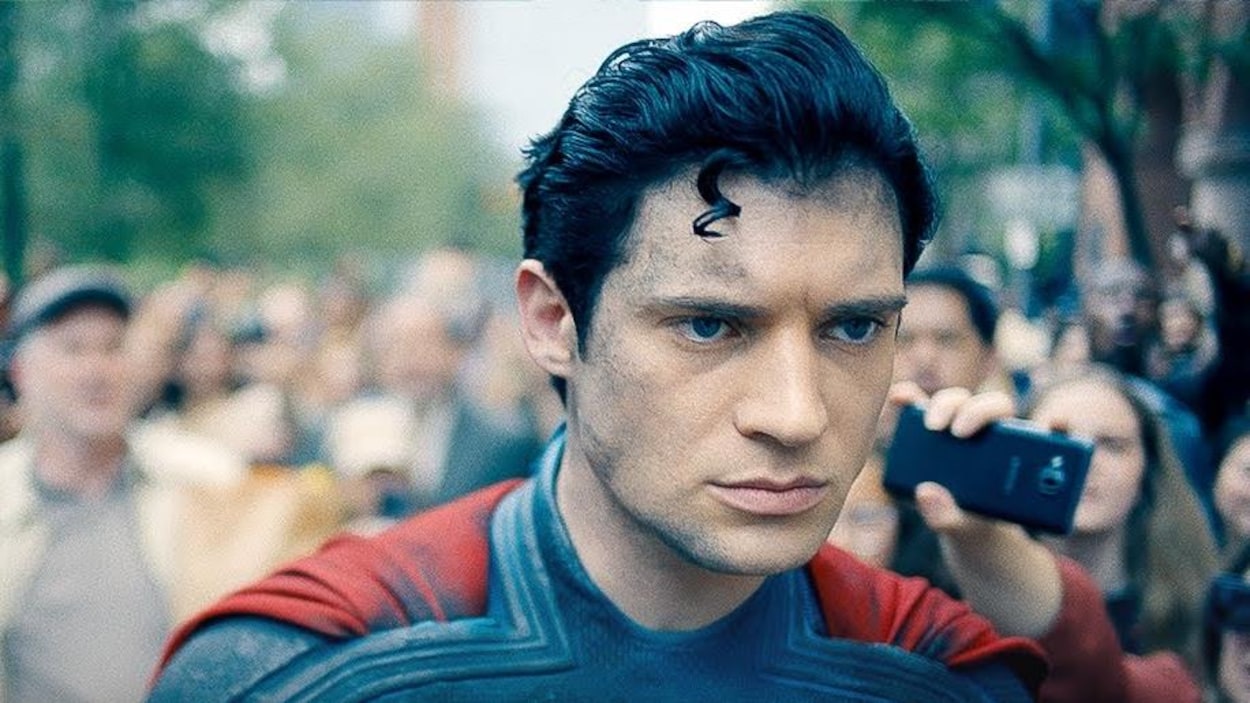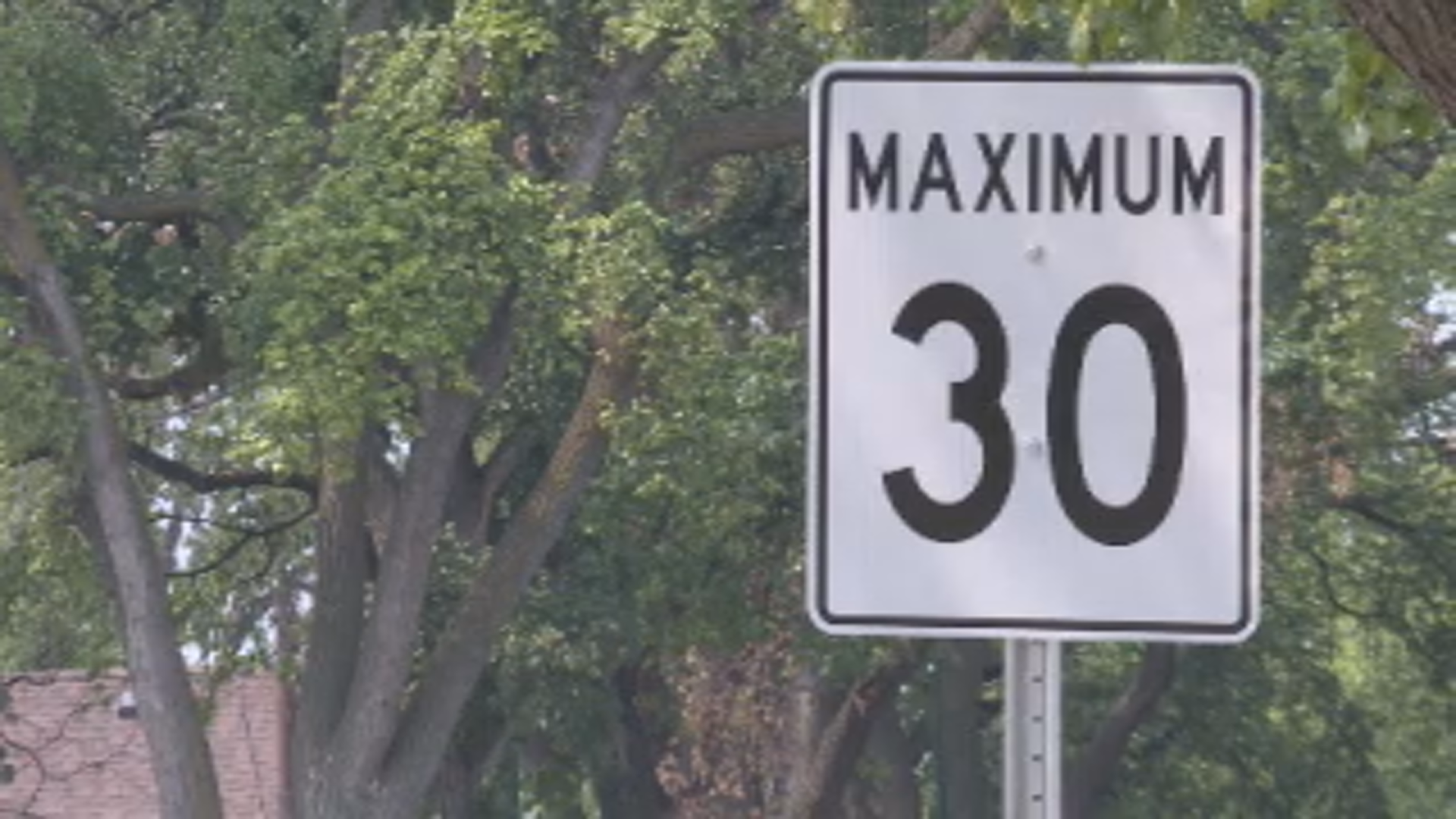PROTECT YOUR DNA WITH QUANTUM TECHNOLOGY
Orgo-Life the new way to the future Advertising by AdpathwayThe Vera C. Rubin Observatory, which houses a telescope with the largest digital camera ever built, has revealed its first images.
Telescope in Chile also detected more than 2,000 new asteroids

Nicole Mortillaro · CBC News
· Posted: Jun 23, 2025 2:17 PM EDT | Last Updated: 34 minutes ago

The Vera C. Rubin Observatory, which houses a telescope with the largest digital camera ever built, has revealed its first images.
The telescope sits atop Cerro Pachón in Chile, under some of the most pristine skies in the world.
It houses the 8.4-metre Simonyi Survey Telescope with the Legacy Survey of Space and Time (LSST) camera, and will take images of the skies in the southern hemisphere for the next 10 years. It is able to cover the entire night sky every few nights.
Each night, it will produce a whopping 20 terabytes of data with its 3,200-megapixel camera. In order to show an image at full size, you'd need 400 ultra high-definition televisions.
Renée Hložek, an associate professor at the Dunlap Institute and the David A. Dunlap department for astronomy and astrophysics at the University of Toronto, is also the spokesperson for the dark energy science collaboration at the Vera C. Rubin Observatory.
"We normally think: 'Oh, we need to take long exposures,' but the camera is so sensitive that we actually take our pictures 15 seconds or 30 seconds at a time," Hložek said. "If you took the picture for any longer, you would kind of saturate the whole camera."
The size of the images released Monday is just a fraction of the actual image the telescope has taken, said Zeljko Ivezic, director of the Vera C. Rubin Observatory.
"The entire image is 50 times larger than what we are seeing here on screen," Ivezic said during a news conference.

Hložek is particularly excited about what the new telescope will reveal about the expansion of the universe.
"It's game-changing," she said of the observatory. "I've been waiting for this data my entire academic career."
Unravelling the mysteries of the universe
One of the goals of this novel telescope is to help astronomers better understand dark matter and dark energy, both of which are invisible. Scientists know they exist because of how they interact in our universe.
We only see roughly five per cent of what exists in our universe. Dark energy — which is accelerating the expansion of the universe — makes up about 70 per cent.
Astronomers use special stars to measure the distances of galaxies. That in turn helps astronomers calculate the expansion of the universe. Hložek said that at the moment there are roughly 10,000 of these stars, but Rubin will reveal 500,000.
"So are we going to be able to really pin down the nature of this cosmic acceleration in a way we've never done before?" Hložek said.
WATCH | See the Trifid and Lagoon nebulas: See the Trifid and Lagoon nebulas
Then there's dark matter, which is believed to make up roughly 25 per cent of the universe.
The term "dark matter" was coined in the 1930s by astronomer Fritz Zwicky while observing the Coma galaxy cluster, which contains roughly 1,000 galaxies. He couldn't explain why the galaxies in the cluster were moving faster than they should be using the theories at the time.
Then in the 1970s, astronomer Vera Rubin confirmed the existence of dark matter after studying how individual galaxies rotated. Under the laws of physics, stars at the outer rim of galaxies should be moving slower than the ones near the centre, but instead they are rotating much faster. Rubin determined that something was holding together the stars in galaxies, preventing them from flying apart: dark matter.
The Rubin Observatory will also map the Milky Way, look for asteroids and film the largest astronomical movie ever made.
WATCH | See a swarm of newly discovered asteroids: See a swarm of new asteroids
The first-look data that was released Monday also showed the discovery of more than 2,000 asteroids. But rest assured that none of them are on a collision course with Earth, Ivezics said.
"There were no surprises," he said, regarding the number of asteroids discovered.
All the images and data are available to astronomers around the world, as well as the general public, said Clare Hicks, astronomy outreach specialist at the Rubin Observatory. There will also be citizen science projects, where the public can contribute to new discoveries.

As for what astronomers hope to find with this powerful telescope, Ivezic said: "We'll be looking for unknown unknowns."
The astronomers at the observatory are relieved that it is finally up and running after decades of planning and construction.
"It's great," said Sandrine Thomas, telescope and site project scientist at the observatory. "It's really an amazing achievement."
ABOUT THE AUTHOR

Based in Toronto, Nicole covers all things science for CBC News. As an amateur astronomer, Nicole can be found looking up at the night sky appreciating the marvels of our universe. She is the editor of the Journal of the Royal Astronomical Society of Canada and the author of several books. In 2021, she won the Kavli Science Journalism Award from the American Association for the Advancement of Science for a Quirks and Quarks audio special on the history and future of Black people in science. You can send her story ideas at [email protected].


 2 weeks ago
4
2 weeks ago
4










 English (US) ·
English (US) ·  French (CA) ·
French (CA) ·  French (FR) ·
French (FR) ·